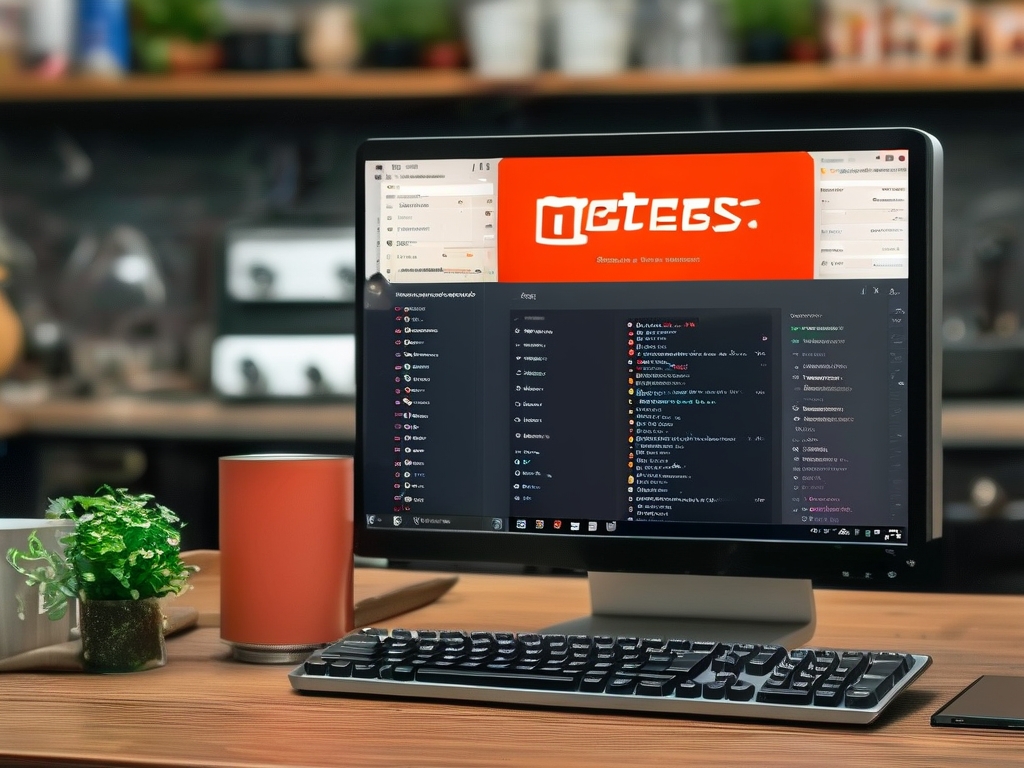Effective memory management is critical for ensuring the smooth operation of large-scale platforms like Meituan's management systems. As a platform handling millions of transactions daily, inefficient memory allocation or leaks can lead to performance bottlenecks, slow response times, and even system crashes. This article explores practical strategies for cleaning and optimizing memory in Meituan’s ecosystem while maintaining service reliability.
Understanding Memory Challenges
Meituan’s management systems integrate diverse functionalities, including order processing, logistics tracking, and real-time analytics. These operations generate substantial temporary data stored in memory. Over time, unused objects, cached data, and fragmented memory blocks accumulate, consuming resources. Java-based applications (common in such systems) rely on garbage collection (GC), but improper configuration or code patterns can hinder automatic memory recovery.
Step-by-Step Memory Optimization
-
Garbage Collection Tuning
Adjusting JVM parameters is foundational. For instance, modifying heap size settings (-Xms and -Xmx) ensures sufficient memory allocation while preventing overcommitment. Selecting the right GC algorithm (e.g., G1 for low-latency scenarios) balances throughput and pause times. Tools like jstat and VisualVM help monitor GC efficiency:java -Xms4g -Xmx8g -XX:+UseG1GC -jar meituan-service.jar -
Memory Leak Detection
Memory leaks often stem from unclosed connections, static object retention, or misconfigured caches. Profiling tools like Eclipse MAT or YourKit identify "dominator trees" of objects preventing GC. For example, analyzing heap dumps may reveal unintentional long-lived references to outdated order data.
-
Cache Management
Caching frequently accessed data (e.g., restaurant menus) improves performance but requires expiration policies. Implement size-limited caches using frameworks like Caffeine:Cache<String, Object> cache = Caffeine.newBuilder() .maximumSize(10_000) .expireAfterWrite(5, TimeUnit.MINUTES) .build(); -
Code-Level Refactoring
Avoiding object creation in loops, minimizing autoboxing, and using primitive types reduce memory overhead. For instance, replacingArrayList<Long>withlong[]in high-frequency methods can save significant space. -
Containerized Environment Adjustments
In Kubernetes deployments, configure memory requests/limits to prevent pod evictions:resources: requests: memory: "6Gi" limits: memory: "8Gi"
Real-World Implementation
During a 2023 system upgrade, Meituan engineers reduced memory usage by 40% through three key actions:
- Migrating legacy services from CMS to ZGC collectors
- Introducing tiered caching with Redis and in-memory stores
- Implementing nightly profiling scripts to flag memory anomalies
Post-optimization metrics showed a 60% reduction in full GC pauses and 22% faster API responses during peak hours.

Best Practices for Maintenance
- Automated Monitoring: Integrate Prometheus/Grafana dashboards to track memory usage trends.
- Scheduled Cleanups: Run batch jobs during off-peak hours to clear transient data.
- Team Training: Educate developers on memory-efficient coding patterns through code reviews.
While memory optimization demands continuous effort, a systematic approach combining tooling, configuration, and code hygiene ensures Meituan’s systems remain scalable and responsive. Future advancements in non-volatile memory hardware and AI-driven allocation algorithms may further revolutionize this field.









